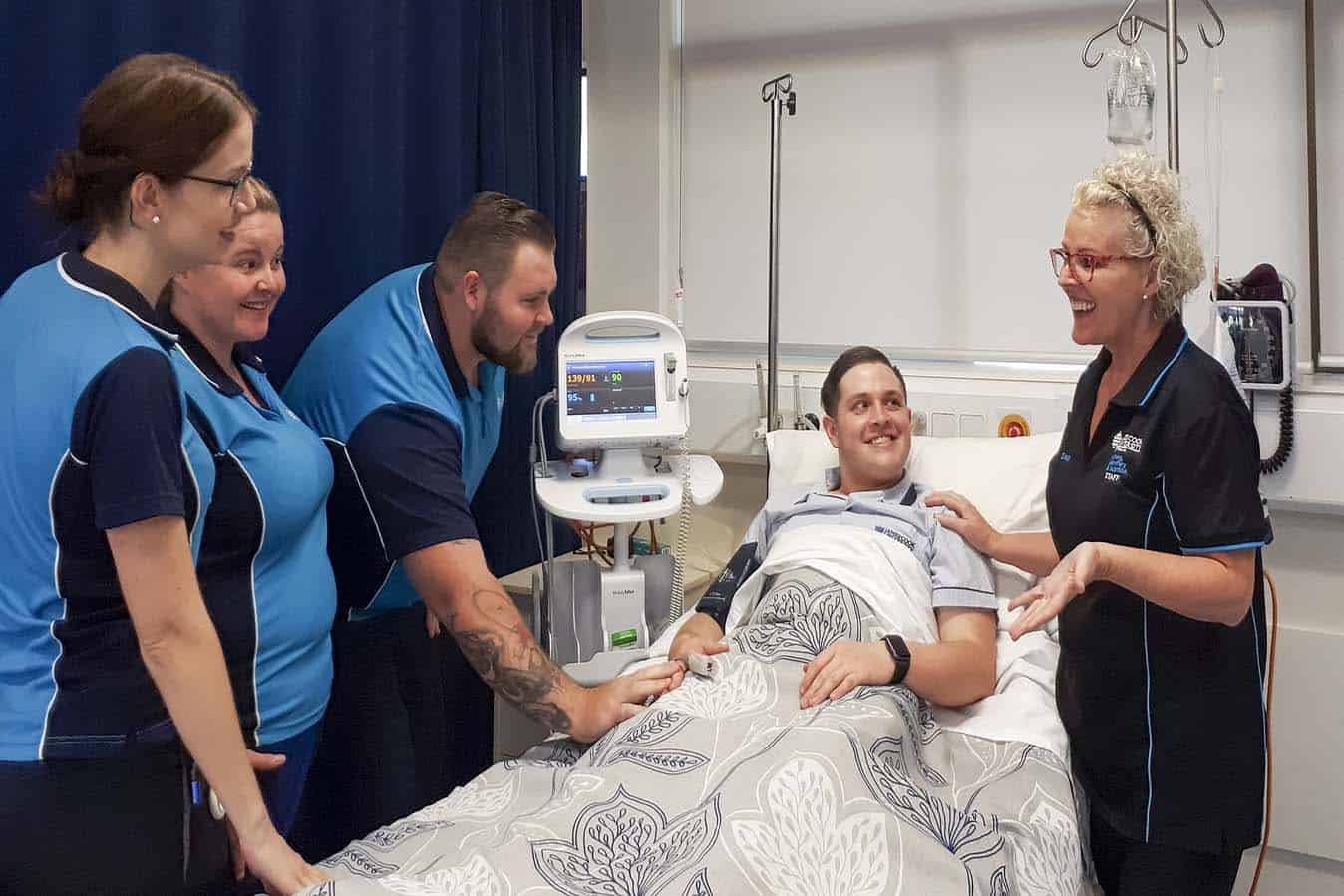Empathy is defined as the ability to understand the feelings or ideas of another and to see their experiences as unique without making comparisons to one’s own experience (Rossitor, Scott & Walton 2014).
It is recognised as a core attribute in the practice of nursing and midwifery and contributes to therapeutic communication (Rossitor, Scott & Walton 2014).
Amid the busyness of providing healthcare, skills and technology can command a focus of importance within the care environment, often at the expense of the approach to care giving.
As nurse and midwifery academics teaching communication and professional skills and development of attributes valuing the essence of caring with clinical requirements is of significant importance.
Embedding empathy into the curriculum in an authentic way poses a number of challenges. Leading academics such as Levett-Jones (2018), have addressed this matter and promoted the teaching of empathy through generously sharing the Virtual Empathy Museum (www.virtualempathymuseum.com.au) which allows access to a range of resources.
Inspired by Levett-Jones and using the tools from the museum, this article describes the perspectives of first-year nursing and midwifery students and academic team members on embedding empathy within the first-year continuum.
Patient stories from the museum involve the patient’s perspective of their care experience.
Case study 1: Iona’s story (Pich & Brampston 2018), tells of one young woman’s experience of a traumatic brain injury and her long road to recovery.
The students were asked to share and reflect on how this story made them feel, why the care differed and how Iona’s care could have been improved?
The following themes describe typical reflections from the students:
- Iona’s story highlighted the importance of respectful communication
- Communication in healthcare is integral to how the patient is made to feel
- Providing empathy in care provision is critical to the whole patient experience
- For Iona to have her hair cut off, contradicts person-centred care
- Iona’s story highlighted how poor attitudes can be so damaging to the patient
- Iona’s dignity was diminished by the poor attitudes of the nurses
Case Study 2: John’s Story (Brand 2018), illuminates John’s experience of having a stroke, his recovery and highlighting of his ongoing challenges, with students asked to share their thoughts and feelings about their assumptions of stroke victims, patient feelings, and how John’s story would influence their future care of others.
Themes of student reflections included:
- Understanding John’s values will aid in delivering more person-centred care
- The importance of the patient perspective was highlighted in John’s story
- Empathy is critical in caring for stroke victims
- John’s story emphasised the importance of dignity and self-determination in care provision
Outcomes of these stories, reflections and guided discussion have had a profound impact on the students who were able to look at the patient experience through the perspective of the patient and then provide insights on the influence of this learning on their practice.
Voicing their feelings has helped build students’ empathy while learning to identify as a professional.
For the academic team, using these stories and strategies has provided rich resources and insights into the importance of promoting the essence of care. Witnessing the personal professional growth of students in this way has been most rewarding.








